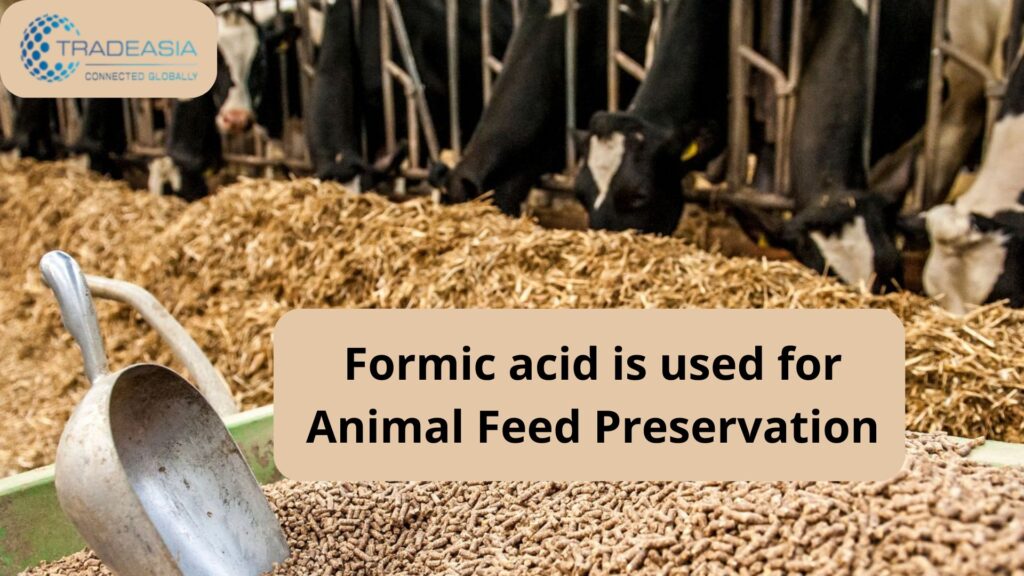Formic acid is used for Animal Feed Preservation

Formic acid (formic acid) is used in the preservation of animal feed for the following reasons:
- Inaction of Microorganism Growth: Formic acid has antimicrobial properties that are effective in inhibiting the growth of bacteria, fungi, and yeast. This is crucial in preventing unwanted spoilage and fermentation in animal feed and silage.
- Silage Stabilization: When added to silase, formic acid helps to lower the pH rapidly, creating an acidic environment that is not conducive to the growth of adverse microorganisms. This helps to keep the nutrients in the silage and ensures that the quality remains high during storage.
- Improved Feed Quality: By inhibiting the growth of microorganisms, formic acid helps to maintain the nutritional value of animal feed. This ensures that farm animals get optimal nutrition from their feed, which contributes to their growth and health.
- Long-Term Preservation: Formic acid allows animal feed to be stored for a longer period of time without experiencing significant deterioration in quality. This is especially useful in situations where feed must be stored for a certain period of time before use.
- Reduced Feed Loss: By preventing unwanted spoilage and fermentation, formic acid helps to reduce the amount of feed lost or wasted, which in turn can save costs for farmers.
The use of formic acid in the preservation of animal feed is a common and effective practice to ensure that the feed remains high quality and safe for consumption by livestock.
